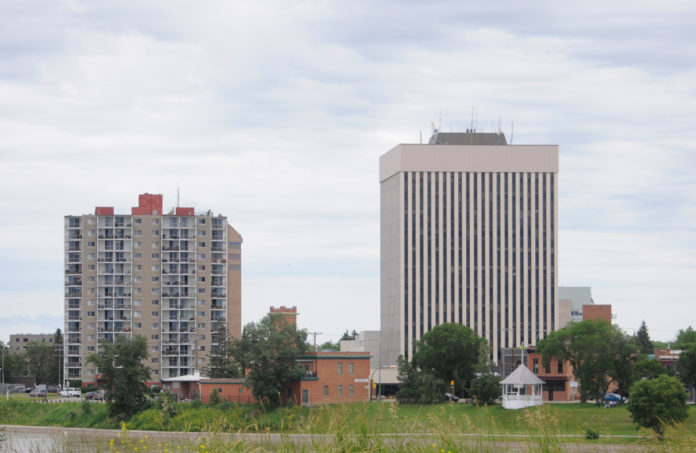
The City of Prince Albert has shed about 1,500 people from the labour force since last August, the latest data from Statistics Canada shows.
The data comes from the agency’s monthly labour force update, which estimates the number of workers and job seekers across the country.
While data for provinces and the country and some larger urban areas are adjusted by the agency for seasonal factors, the data for smaller municipalities isn’t, making month-to-month comparisons unreliable.
Comparisons from year-to-year, however, are possible given the data.
According to the numbers, Prince Albert’s labour force in August 2019 was about 24,100, while in 2020 it had fallen to 22,600, a decrease of about six per cent. Labour force is defined as the number of people working plus the number who aren’t but are actively looking for work.
To be employed, according to Statistics Canada, you have to be actively looking for work.
That’s why, although the number of employed people has fallen by about 1,000, the number of unemployed has shrunk as well. Fewer people are participating in the labour force.
The participation rate, calculated by looking at the labour force as a percentage of the estimated population, fell from 70.5 per cent to 66.1 per cent.
While the number of unemployed fell from about 2,700 to 2,200, the unemployment rate rose from 8.5 to 9.7 per cent. That’s because the unemployment rate is calculated as a percentage of the labour force, and not the population overall.
The employment rate also fell, from 60.5 per cent to 59.6 per cent. Unlike the unemployment rate, the employment rate is calculated as a percentage of the total estimated population.
Provincially, though, the outlook is a little bit rosier.
The province gained 4,700 jobs from July to August, according to seasonally-adjusted data. The province’s unemployment rate in August was 7.9 per cent, the lowest among the provinces, and employment is now at 95.7 per cent of the province’s pre-pandemic level. that’s the third-highest among provinces, with only New Brunswick (96.4 per cent) and Manitoba (95.9 per cent) seeing stronger job growth.
Still, Saskatchewan saw its labour force fall from July to August. While jobs were added, the participation rate fell by 0.1 percentage points as the labour force dipped from an estimated 604,200 (seasonally adjusted) to 603,400, a difference of about 800 people.
Nationally, Canada gained 246,000 jobs in August, and is within 1.1 million of its pre-COVID February level.
While at its peak, 5.5 million workers were affected by the economic shutdown across the country, as of the second week of August that number had fallen to 1.8 million.
The national unemployment rate fell 0.7 percentage points to 10.2 per cent in August. Statistics Canada said that nationally, the labour force grew alongside the unemployment rate.
“In August, 864,000 Canadians moved out of unemployment while 725,000 entered unemployment,” the agency wrote.
“ The majority of those who left unemployment became employed (58.3 per cent), while most of those who became unemployed in August (59.2 per cent) had been out of the labour force in July.”
The number of job searchers also increased in August, they found with an additional 93,000 Canadians joining the job hunt.
“The number of people who wanted to work but did not search for a job was little changed in August,” Statistics Canada said.
“If people in this group were included as unemployed, the adjusted unemployment rate would be 13.0 per cent. The adjusted unemployment rate was 13.8 per cent in July and 7.3 per cent in February.”

